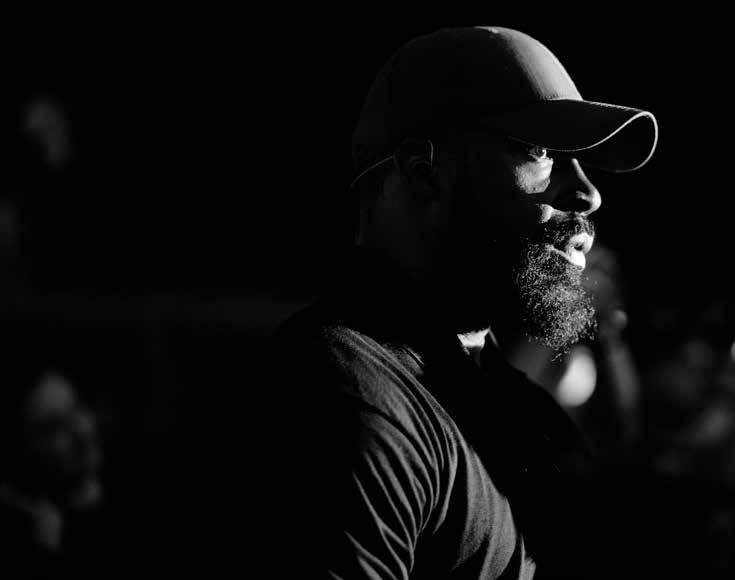
1 minute read
[New] cybersecurity fundamentals Close Protection in Virtual Worlds
Over the course of the pandemic and various lockdowns worldwide many people were forced online to interact in ways they hadn't before.
Platforms like Zoom provided video chat, but for many people these very cut-down conference calls provided only a minimal substitute for genuine interaction with other other humans. As a result over the last few years the number of virtual worlds where participants can interact more realistically and with more autonomy has grown, and rapidly.
Advertisement
One of the earliest examples that still persists today is Second Life, a 3D virtual world originally released in 2003 and still going strong today with its own economy, communities, and hundreds of thousands of virtual users. It would take nearly two decades before things progressed to virtual reality headsets being commonplace enough that now we have people more directly interacting, but even back in the early days of these virtual worlds (or the metaverse if you want to sign up to the latest buzzword to describe them) there were signs that these virtual worlds were far from comfortable for highprofile participants.
In 2006, three years after Second Life launched and shortly after the first virtual millionaires emerged (real money, from selling virtual real estate within the world) an interview withone of these high net worth individuals, Anshe Chung (the name of their avatar, with the real name Ailin Graef) was disrupted by a horde of animated flying penises for fiteen minutes. Retreating from the assault Chung and their interviewer retreated to Chung's theatre, where the assualt continued and eventually caused the server to crash.
At the time this was seen as a bit of almost harmless trolling by many in communities aware of these worlds, but as more and more people enter them and spend time in them these have taken on new views.
I have a side business running virtual events, and one of the things we find more and more necessary as companies start latching on to the possibilities of these platforms is the need to provide some sort of protection for high profile individuals taking part. Recently virtual close protection

![[New] CLASSIFIEDS](https://assets.isu.pub/document-structure/230104162153-912c8f5e8d3aa85cf4d4f5ea11523339/v1/a5653236e2030a66d0d61cf5802c5bc1.jpeg)


